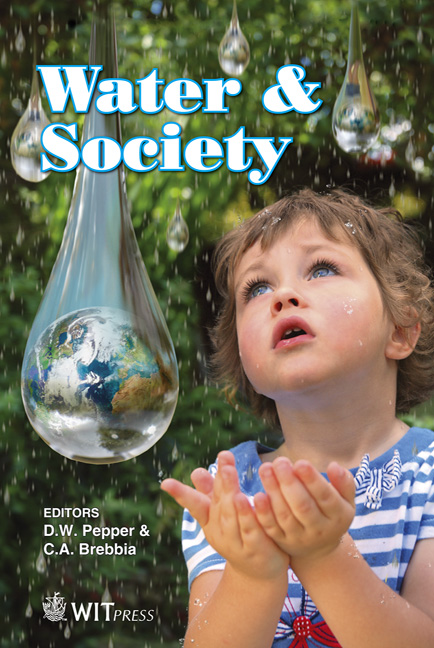Household Environmental Problems In Developing Countries
Price
Free (open access)
Transaction
Volume
153
Pages
12
Page Range
287 - 298
Published
2011
Size
2,658 kb
Paper DOI
10.2495/WS110261
Copyright
WIT Press
Author(s)
G. P. Shivashankara & Siddegowda
Abstract
This paper explores household environmental problems in developing countries like India. Population density poses a major threat to household environmental conditions. To study the association between income and variables of household environment and health in the slums of Bangalore metropolitan city, a number of variables were considered. Data was collected with the help of a questionnaire from 4,560 households selected from 120 slums in the city. Water samples were collected from open containers used by slum dwellers and analyzed for quality parameters. Chi-square analysis indicates that income and environment conditions are significant at 1% level. The study shows that lack of basic amenities and poor living conditions increase pollutants around low-income households. The study found average incidence of dysentery compared to respiratory diseases, jaundice and malaria. The main reasons for higher incidence of dysentery are unsatisfactory water quality, storage of drinking water in open containers, disposal of fecal matter and lack of toilet facilities. Regression analysis shows positive correlation between diseases and other variables. Multiple regression models show that municipal collection of fecal matter and storage of water in open containers are significant variables. Further, the coefficient of determination, R2, shows 92.9% variation in dysentery as shown by independent variables. The most severe household environmental problems and health effects are faced by the poor, i.e., low-income households. The study considers poverty to be the greatest polluter. Keywords: slums, water, sanitation, diseases, health and statistical analysis.
Keywords
slums, water, sanitation, diseases, health and statistical analysis





